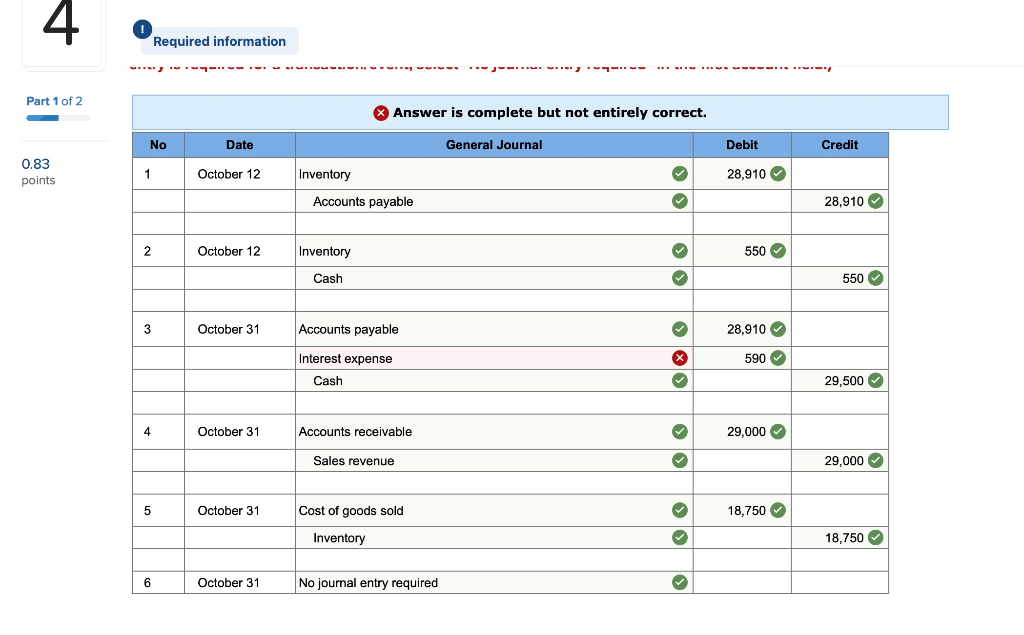

On the other hand, the company can make the journal entry for underapplied overhead by debiting the cost of goods sold account and crediting the manufacturing overhead account.

If we look at the journal entry from the perspective of the cost of goods sold, we can view it as deducting the excess amount of cost from the cost of goods sold as the actual overhead cost that has occurred is less than the amount we have applied to the production during the period. Hence, we need to make the journal entry for the overapplied overhead of $500 by debiting that amount into the manufacturing overhead account to zero it out.

This means that without the adjustment, the manufacturing overhead account will have a credit balance of $500 at the end of the period. However, the actual overhead cost which is debited to the manufacturing overhead account is only $9,500. If it is not zero, it is probably not correct.įor example, based on estimation, we credit $10,000 into the manufacturing overhead account to assign the overhead cost to the work in process. Likewise, it needs to debit the manufacturing overhead account as in the journal entry above.Īfter this journal entry, the balance in the manufacturing overhead account will be zero as it should be our goal to make it zero at the end of the accounting period. Account Debit Credit Manufacturing overhead 000 Cost of goods sold 000Īs the applied overhead is more than the actual overhead, the company needs to make an adjustment for variance between the applied overhead cost and the actual overhead cost by deducting the excess amount from the applied overhead. The company can make the journal entry for overapplied overhead by debiting the manufacturing overhead account and crediting the cost of goods sold account at the period end adjusting entry. On the other hand, the underapplied overhead is the result of the applied manufacturing overhead cost is less than the actual overhead cost that incurs during the accounting period.Īpplied overhead cost Underapplied overhead Overapplied overhead is the result of the manufacturing overhead costs that are applied to the production process is more than the actual overhead cost that actually incurs during the accounting period. Likewise, it needs to compare the applied manufacturing overhead cost with the actual cost that occurs during the period to determine whether the overhead has been overapplied or underapplied before making an adjusting entry. This is due to the company needs to prepare the financial statements with the actual costs that really occur during the accounting period rather than the estimation that is based on the predetermined standard rate. Likewise, the company usually needs to make the journal entry for overapplied overhead or underapplied overhead in order to make an adjustment to reflect the actual cost that actually occurs before it can prepare the financial statements at the end of the accounting period. Journal entries for over and under applied overhead OverviewĪs the manufacturing overhead costs that are applied to the production are based on the estimation, it rarely is equal to the actual overhead cost that really occurs during the period.


 0 kommentar(er)
0 kommentar(er)
